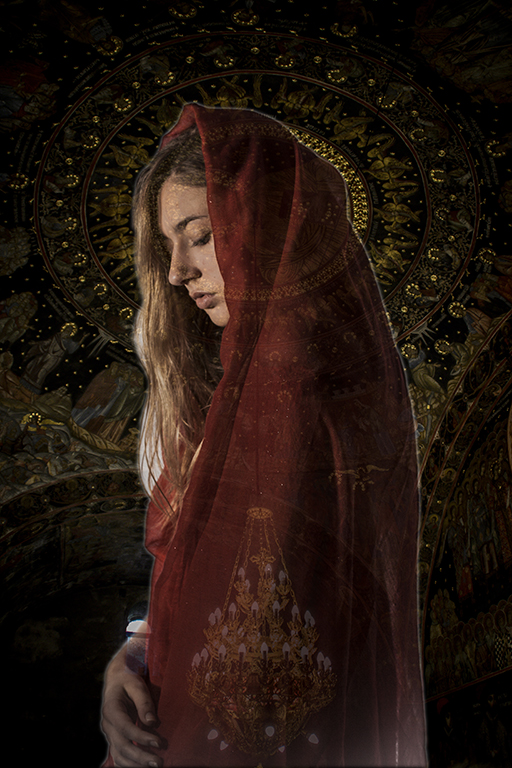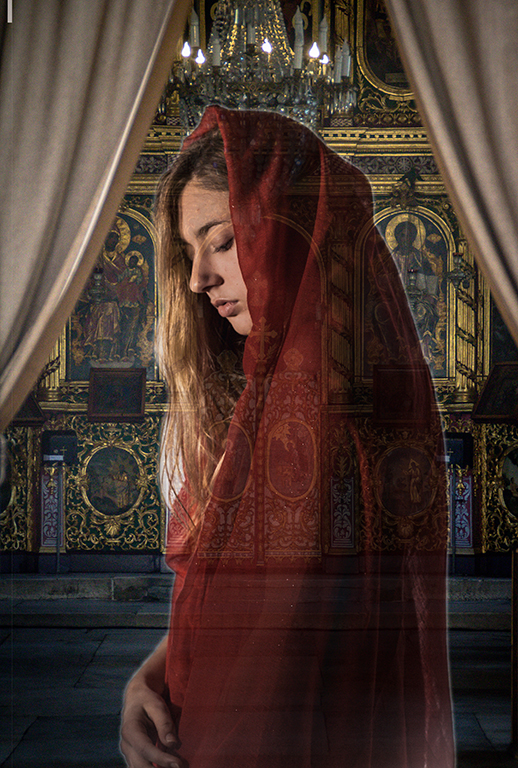On this page are pictures of the process of making my light-boxes for presenting my work. I started making them by cutting a piece of MDF to an A4 size, I then got a thicker piece of wood and cut that to fit around the A4 bit of MDF, I then secured this together using screws and silicone to make sure it was appropriately secure. I then repeated this step, so I had three outer parts to my light-boxes. Once I completed this stage, I sanded them down and painted them white. I chose to paint them white as reflects light which will make my light-boxes seem brighter. When they were all dry, I then placed led strips to them and drilled two small holes and the bottom of the cable and the sensor for the remote. Once I made sure all the lights were working correctly, I then placed the defuser for the lightbox on top. I made the defuser with tracing paper and frosted polypropylene which I bought from the shop at UCA. I then cut them down to the size I needed. I later purchased some 1mm thick perspex and cut that down to the size I needed. I then placed the tracing paper and frosted polypropylene underneath the perspex and secured this all to the box. We first tried supergluing it down, but that looked messy, so we took it of sanded all down again and painted it then secured them with four little screws in each corner. This suddenly looked so much better. The light-box was then made, and all was left to do was place my images on top of it. To do this, I got a 10mm thick perspex and with superglue stuck my acetate images to either side of it. I then secured them to the light box with superglue just applying it to the corners.
I have a remote that controls the LED lights which lets me also change the colour of them. As you can see from the images below, I have also experimented with the different colours of the LED lights against my pictures. I don’t know what colour I want the lights until they are hanging up in the space.
I am thrilled with how they light-boxes have turned out, and my images look amazing on them. I can’t wait to put them up for the exhibition in January.







































